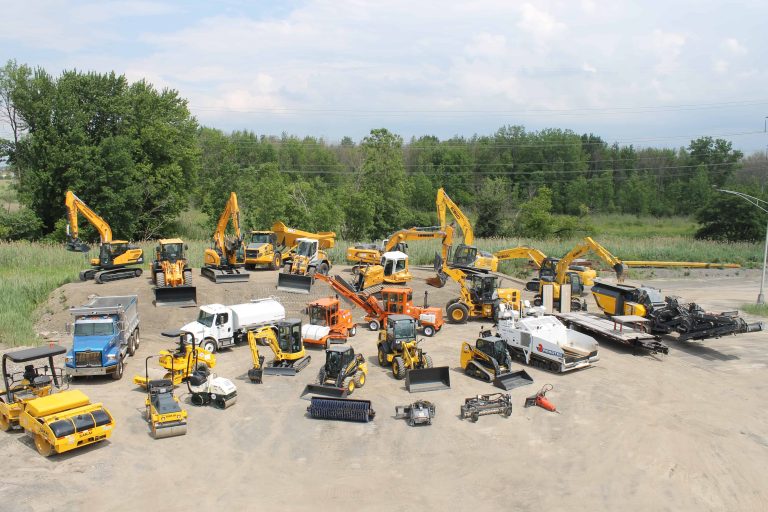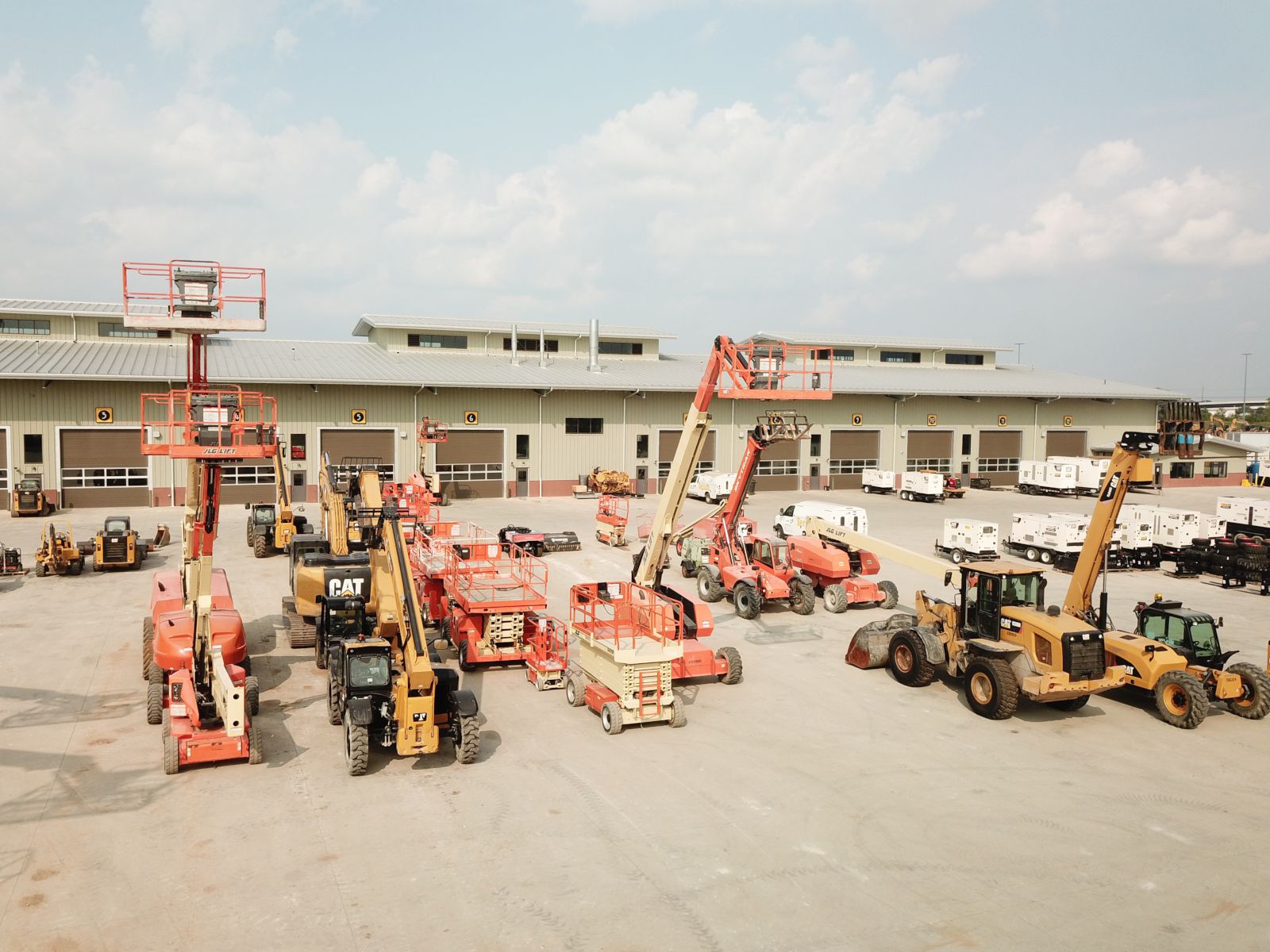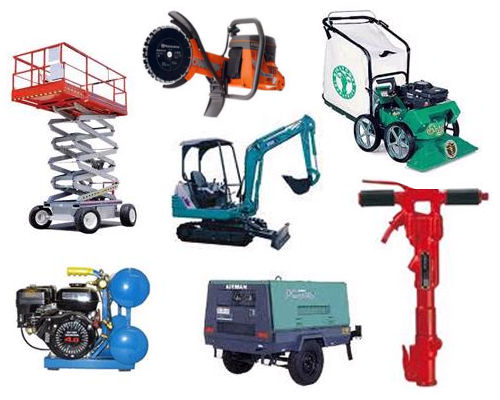Equipment Rental Company: Your Source for All Sorts Of Machinery
Equipment Rental Company: Your Source for All Sorts Of Machinery
Blog Article
Optimize Your Budget Plan by Understanding the Prices Connected With Construction Tools Leasings
Comprehending the full extent of expenses linked with building tools rentals is vital for optimizing your spending plan. What strategies can be employed to properly handle these costs and guarantee a much more reliable rental experience?
Introduction of Rental Prices
When considering construction devices leasings, understanding the linked expenses is paramount for efficient budgeting and task planning. Rental prices can differ substantially based on numerous factors, including devices type, period of service, and area. The preliminary rental fee frequently reflects the equipment's market need and its connected operational abilities, affecting the total expense.
In addition to the base rental rate, ancillary prices may occur, such as transportation fees, fuel surcharges, and upkeep charges. It is important to represent these extra costs to precisely analyze the total cost of renting out equipment. In addition, the rental duration can impact rates; longer services may qualify for affordable rates, while temporary leasings might incur higher day-to-day charges.

Malfunction of Rental Rates
A detailed understanding of rental rates is crucial for specialists and project supervisors aiming to maximize their spending plans. Rental rates for building and construction devices commonly contain numerous elements, consisting of base rates, time-based charges, and use charges.
Base prices are the core costs linked with the service of the tools, typically established by the type and dimension of the machinery. These prices can vary considerably, influenced by factors such as tools need, accessibility, and regional market trends. Time-based fees, which may be daily, weekly, or monthly, serve to fit different project timelines and rental periods.
Additionally, rental rates may include usage costs, which are relevant when devices is utilized past a defined limit, making certain that the rental company can make up wear and tear. Seasonal need changes can additionally influence rental rates, with peak construction seasons generally commanding greater costs.
Furthermore, understanding the rental company's policies relating to upkeep and insurance can offer additional insight into the general price structure. By evaluating these elements, service providers can make informed decisions, ensuring the option of rental equipment lines up with both project demands and spending plan restraints.
Additional Costs to Consider
Comprehending the details of extra costs is vital for specialists to manage their overall leasing expenditures efficiently. Past the basic rental rates, various additional charges can substantially impact the overall price of devices rental. These fees often include distribution and pickup charges, which can vary based on range and logistics entailed in moving the devices to and from the task site.
Moreover, some rental business might impose gas additional charges if the tools is returned with much less fuel than when rented out. It is likewise vital to understand potential cleansing costs, specifically for customized devices that needs complete upkeep after use.

Extensively examining the rental arrangement and clarifying these additional costs in advance can help contractors stay clear of unforeseen costs and ensure that budgets stay undamaged throughout the job lifecycle.
Upkeep and Repair Service Expenditures
Normal repair and maintenance expenditures are typically overlooked variables that can dramatically influence the total price of building equipment leasings. When leasing devices, it is crucial to take into consideration not only the rental charges yet also the potential costs connected with keeping the equipment in optimal operating condition.
Lots of rental business include basic maintenance as component of the rental arrangement; however, much more considerable repair services or unforeseen failures can lead to added expenses. It's important to assess the rental contract meticulously to understand what upkeep solutions are covered and what obligations fall on the tenant.
Moreover, tools that is not well-maintained can cause inefficiencies at work website, potentially enhancing and creating delays project expenses. To mitigate these threats, it is advisable to perform routine assessments and preserve open interaction with the rental company pertaining to any kind of issues that arise during use.
Insurance Coverage and Liability Costs
Insurance coverage and obligation costs are essential parts that can dramatically impact the total find here expense of building and construction devices leasings (mini excavator rental). These expenses ensure that both the rental firm and the customer are shielded from prospective monetary losses occurring from crashes, damage, or theft during the rental period

In addition, customers need to recognize any kind of deductibles or exemptions in the insurance plan, as these can influence possible out-of-pocket expenses. Recognizing the conditions of any insurance policy coverage is essential to prevent unforeseen costs. Inevitably, budgeting for insurance policy and obligation costs can help make certain a smoother rental experience and secure versus financial threats related to construction jobs.
Verdict
To conclude, an extensive understanding of the expenses related to building and construction equipment rentals is vital for efficient spending plan monitoring. By analyzing rental rates, additional fees, upkeep costs, and insurance policy needs, people and companies can lessen unforeseen expenditures. This calculated approach not only boosts cost-effectiveness yet additionally makes certain that tasks advance smoothly and efficiently. Ultimately, informed decision-making pertaining to tools leasings contributes to the overall success of construction undertakings.
Rental expenses can vary significantly based on numerous aspects, including tools type, land planer for skid steer duration of leasing, and location (rental company near me). The rental period can influence pricing; longer services may certify for reduced prices, while short-term services may sustain higher day-to-day charges
By performing extensive study and engaging with reputable rental business, service providers can successfully browse the complexities of rental prices, ultimately maximizing their economic resources.
Beyond the typical rental rates, different supplementary fees can dramatically impact the overall price of tools rental. Rental business usually offer responsibility insurance that covers injuries to third events or damages to residential types of lifts for construction property, while tools damage insurance can cover the expense of repair services or substitute if the rented equipment is damaged.
Report this page